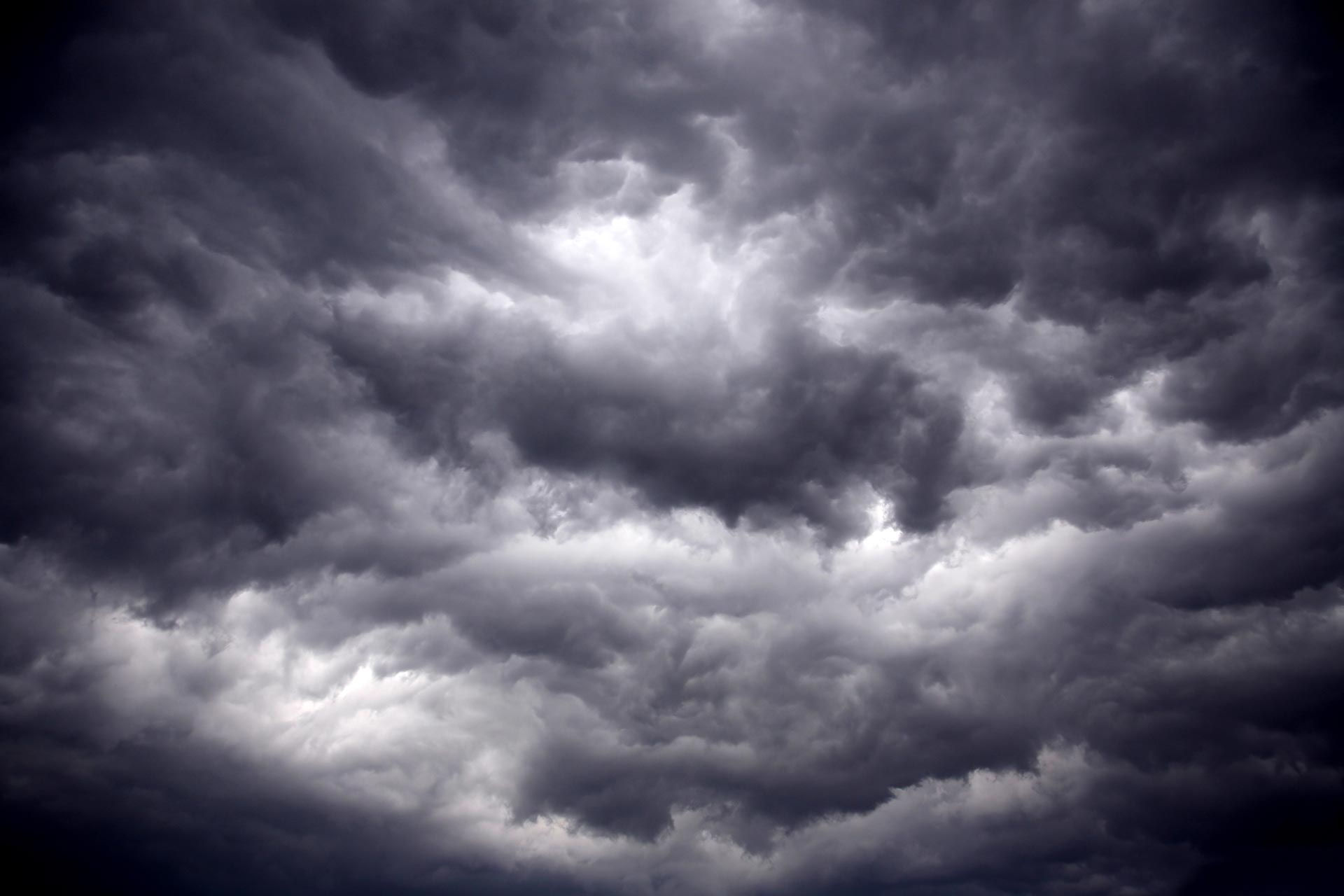STEVE'S WILD WORLD OF WEATHER...

When I'm wondering about weather folklore and historical events this is the man I go to. With more than 50 years of statistical and observational research, he's the dude! When it comes to lunar cycles, woolly bear caterpillars, insects, bugs, and animals, he tracks them, records them, and establishes ties to weather patterns. He's a knowledgeable and interesting man. His name is Steve Gottschalk by way of Lowden, Iowa. I'm grateful to him for lending his unique perspective to the site. After a long COVID break, Steve's "wild" world of weather can be found regularly right here on TSwails.com. Take it away Steve!
The United States Weather Bureau Was Established

At noon E.S.T. on July 1, 1891, on order of the United States Congress and President Benjamin Harrison, the United States Weather Bureau was officially established within the Department of Agriculture. It was the first civilian government weather agency and it replaced the Army Signal Service which was founded in 1870. The U.S. Weather Bureau later changed it's name to the National Weather Service in 1970.
A Deadly 4th Of July
On July 4, 1876 when the country was busy celebrating it's centennial, the weather had it's own ideas. Severe thunderstorms erupted over parts of the state spawning at least 5 tornadoes.
The first tornado touched down 6 miles northwest of Des Moines damaging some trees. The second tornado, an F3, 200 yards wide swept an area to the south of Burlington killing 3 persons, destroying 21 buildings and blowing some freight cars into the river.
Another tornado, an F2, 200 yards wide struck the small village of Tracy unroofing every building in town. An F3 tornado, 300 yards wide tracked through an area just north of Indianola striking the town of Spring Hill killing 5 persons and injuring 40 others. Fifteen homes were destroyed.
The final storm moved directly through Cedar Rapids causing much destruction.
July's Best Days For Seeing Rain
I went through my July rainfall records since 2000 to see which days during the month had the highest probabilities for rain. Here is what I found:
the 10th, 19th, 21st and 22nd had a 45% chance of seeing rain.
the 9th, 11th, 12th, 18th,20th and 36th had a 40% chance.
the 6th and 29th had a 35% chance.
the 3rd, 8th, 13th, 24th, 25th and 30th had a 30% chance.
the day with the least probability was the 15th with a 10% chance.
La Nina's And July Temperatures
My research has shown that during a La Nina episode which we are currently in, tends to be warmer than normal especially following a warm June. For the Lowden area it is the second warmest June in my records that go back to 1960. Only 1971 was warmer.
Lunar Phases And July Heat Waves
After going through my records I have found that the chances of seeing 90 degree temperatures tends to be higher during the week of the First Quarter Moon followed by the week of the New Moon. The chances were a little bit less during the weeks of the Full Moon and Last Quarter Moons.
Chances For A 90 Degree Day During July?
The day with the highest probability for reaching the 90 degree mark is the 17th with a 45% chance. The 9th, 10th and 18th have a 40% chance followed by the 7th, 8th and 20th having a 30% chance.
Lunar Phases And July Rainfall
I have always had an interest in the moon's effect on rainfall. I have been studying it for almost 40 years. For the month of July, 32% of the month's rainfall comes during the week of the Full Moon followed by 29% of the rain falling during the week of the New Moon. The First Quarter Moon sees 20% and the Last Quarter Moon has 19%.
The Black Walnut Trees And October's Weather?

For the third straight year the Black Walnut trees are dropping their fruit earlier than usual. The past 2 October's have seen colder weather and snowfall during the last week of the month. It will be interesting to see if it happens again this year.










Comments